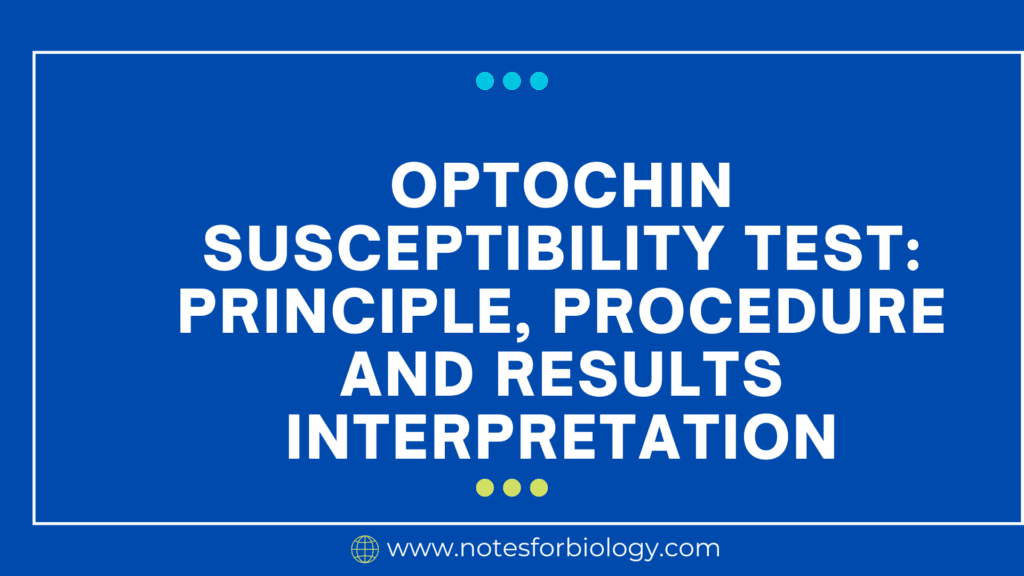Fragile X syndrome: Causes, Symptoms, Diagnosis and Treatment
Fragile X syndrome (FXS) is primarily caused by a mutation in the FMR1 gene located on the X chromosome. This mutation leads to a deficiency in the fragile X mental retardation protein (FMRP), which is essential for normal brain development. The inheritance pattern of FXS is X-linked dominant, meaning the mutated gene is carried on […]
Fragile X syndrome: Causes, Symptoms, Diagnosis and Treatment Read More »










